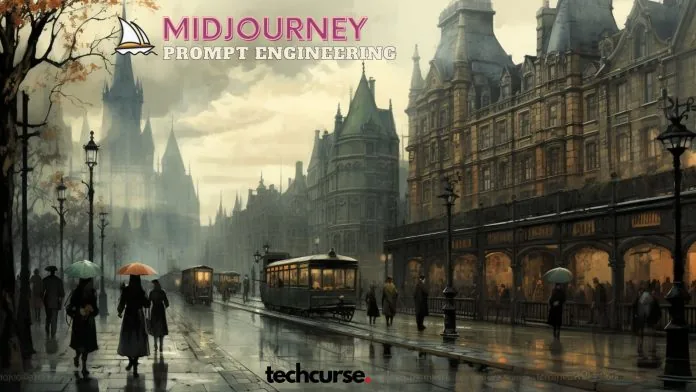Generating good AI images with Midjourney is a great way to use your imagination. Writing good prompts for the AI is the key to getting the best results and bringing the best depiction of your ideas.
Trust me, I’ve wrestled with my fair share of vague and off-kilter-generated images – all due to undercooked prompt creation. (eg. A dog running in the park)
But after sinking my teeth into the features and understanding how prompt engineering works for Midjourney, it feels like I’ve found gold!
This guide provides an understanding of prompt creation with some guidelines, tips, and, evidently, some cool examples. Let’s jump in!
Key Takeaways
- Midjourney is a unique AI tool that makes images from your text prompts.
- To craft good prompts, be specific and use adjectives and adverbs, but avoid confusing language.
- Trial different types of prompts for varied results. Use multiple prompts for complex images.
- Tools like Hugging Face, Midjourney’s Prompt Helper and Builder can assist in creating effective writing prompts.
What Is Midjourney?
Midjourney is not your regular artificial intelligence tool. It’s a unique AI that harnesses the power of descriptive text generation to craft vibrant images. The concept revolves around inputting well-thought-out and carefully written prompts, from which Midjourney synthesizes outstanding visuals.
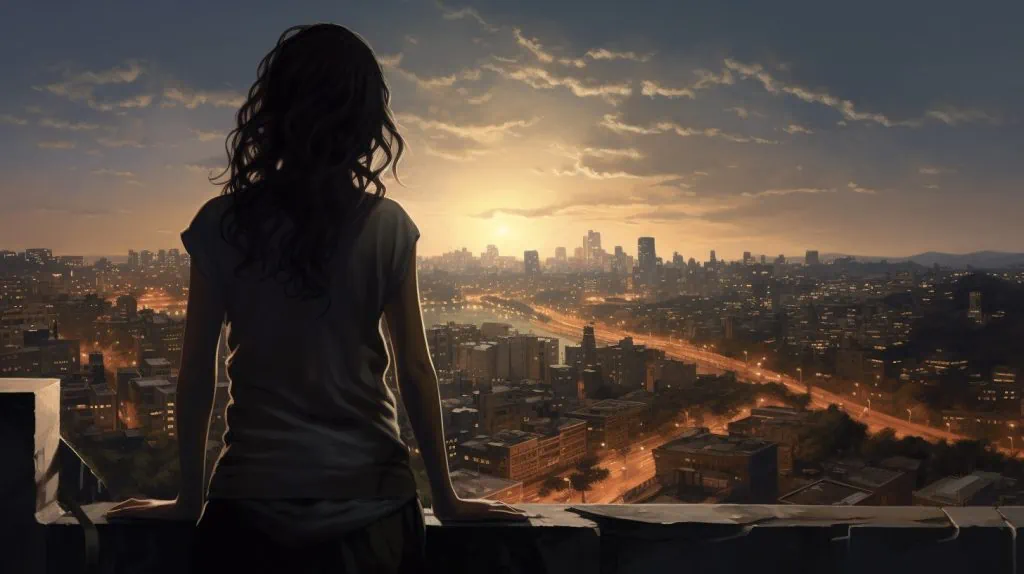
Its main appeal lies in its ability to transform plain words into stunning imagery based on user specifications. From image resolution and fine details to viewing angle and lighting effects— Midjourney can interpret it all! This expansive ability for customization breathes life into every created image, resulting in distinct pictures perfect for various applications.
While most commonly associated with text prompts, this does not limit the possibilities one can explore with Midjourney. The quality of the prompt used directly impacts what you get out of this fantastic AI tool—the more detailed your request, the more precise your result will be! Keep in mind creativity is your only boundary when using Midjourney, as it thrives on bringing exciting images or scenes described by its users into digital reality.
Tips for Writing Effective Prompts
Mastering the art of prompt writing for Midjourney empowers you to create impressive, realistic images. Prompts can steer Midjourney’s AI on a specific artistic path. Be as specific as possible to create an effective prompt; vagueness won’t yield the desired results. Adjectives and adverbs are your best friends since they add depth and color to your prompts.
Be careful not to introduce ambiguity; it can confuse the AI, leading it off course. Simple language works wonders – precise words reduce misunderstanding! Testing different kinds of prompts is another great tip to help you understand what’s working and what needs adjustment.
Here’s a good video explaining how to think and craft your Midjourney prompts. It’s a bit long, but it can provide additional clarity on the process.
Use multi-prompts for complex images or scenarios—it’s like giving Midjourney a detailed map!
Frequently, users can explore various types of prompts for image generation when utilizing Midjourney’s AI-powered program. The program offers many prompt examples that allow users to generate images in different styles and themes. Here are some types of prompts that users can explore to create stunning visuals:
| Types of Prompts | Prompt Examples |
|---|---|
| Surrealism | “Create a surreal landscape with floating objects and vibrant colors.” |
| A as B | “Imagine a tree made of books with leaves made of butterflies.” |
| Portrait Photos | “A close-up shot of 25-year-old man walking in a park. Portrait Photography, taken with a wide-angle lens (24mm)” |
| Detailed clothing | “Five models wearing tennis outfits, outfits should be for warm weather and color pallet orange, bright blue, white and dark blue” |
| Phantasmal iridescent | “Generate an iridescent cityscape with neon lights and ethereal buildings.” |
| Naive art | “Produce a naive art painting of a child playing with balloons.” |
| Explode objects | “Transform a car into an exploded view with intricate details.” |
| 3D loop | “Design a looping animation of a spinning 3D cube.” |
Be specific
Crafting specific prompts in Midjourney is pivotal in generating the desired results. Specificity allows us to guide the bot toward creating more refined and unique images, representing our vision with high precision.
A generic descriptor can lead to arbitrary interpretations by the AI, producing unexpected or irrelevant outputs.
Careful consideration of every detail contributes significantly towards making your prompt effective. It doesn’t always mean being excessively elaborate; sometimes, less is more. Just be sure that each chosen word adds value and helps succinctly convey your envisioned image to Midjourney’s AI engine with fewer ambiguities.
Use adjectives and adverbs
Utilizing adjectives and adverbs significantly improves the quality of your prompts. These descriptive words infuse detail into your work, separating it from generic options. They breathe life into your writing, making it more engaging with a lasting impact.
Consider this: while “read” is simple enough, saying “eagerly read” adds an extra layer of interest. Similarly, using the adjective “vivid” over something less specific, like “good” strengthens your prompt.
This way, you create evocative content that effortlessly conveys emotions and sensations. Doing so allows you to hold sway over any AI learner or enthusiast who comes across your expertly crafted Midjourney prompts!
Avoid ambiguity
To write effective prompts for Midjourney, I ensure that my language is precise and unambiguous. Colorful language, metaphors, and slang might sound fun but often lead to confusion or unexpected results.
My prime focus is concise and descriptive language rather than relying on implied subjects or pronouns that can bewilder the Midjourney Bot. This approach makes striking a balance between creativity and clarity possible while crafting prompts.
Use simple language
Writing prompts need not be complex. It’s significant to use simple, clear language for prompt creation. Relying on simplified wording will make your prompts more effective and easy to understand.
Overcomplicating with intricate phrases or jargon only hinders communication and may lead to ambiguous interpretations by AI systems. Trim down any unnecessary complexity that could cloud the image output you desire from Midjourney.
Be concise in your approach, get straight to the point, and aim for improved understanding in the final outcome of your crafted prompt. You can also use ChatGPT to give you some examples; it works wonders in some cases.
Good Midjourney prompt examples
Now that you understand (we hope), how good prompts are made with Midjourney, let’s see some prompt examples and the resulting photos, shall we? We’re going to do 3 examples, one is Superman, one is Batman and one is an art photo – in certain styles (explained in the prompts). You can use our best Midjourney prompts guide, but for the sake of this article, we’ll give you some examples here.
Superman
- /imagine Superman, in dynamic, atmosphere of darkness and horror, dramatic light, highly detailed, packed with hidden details, hyper realistic, in the style of wallpaper portraits, colorful realism, realistic attention to detail, highly detailed, colorful realism, UHD, 8K
Batman
- /imagine Batman, Gotham city at night, Christopher Nolan style, drama and lifesaving, in dynamic, atmosphere of darkness and horror, dramatic light, highly detailed, packed with hidden details, hyper realistic, uhd image, realism, colorful realism, UHD, 8K
Artsy
- /imagine A drawing of a woman with her hair in the air it is black and white, in the style of mark lague, hyper-realistic portraits, sam spratt, brent heighton, captivating gaze, cyclorama, crisp and clean –ar 69:128 –s 750 –v 5. 2
Prompt results
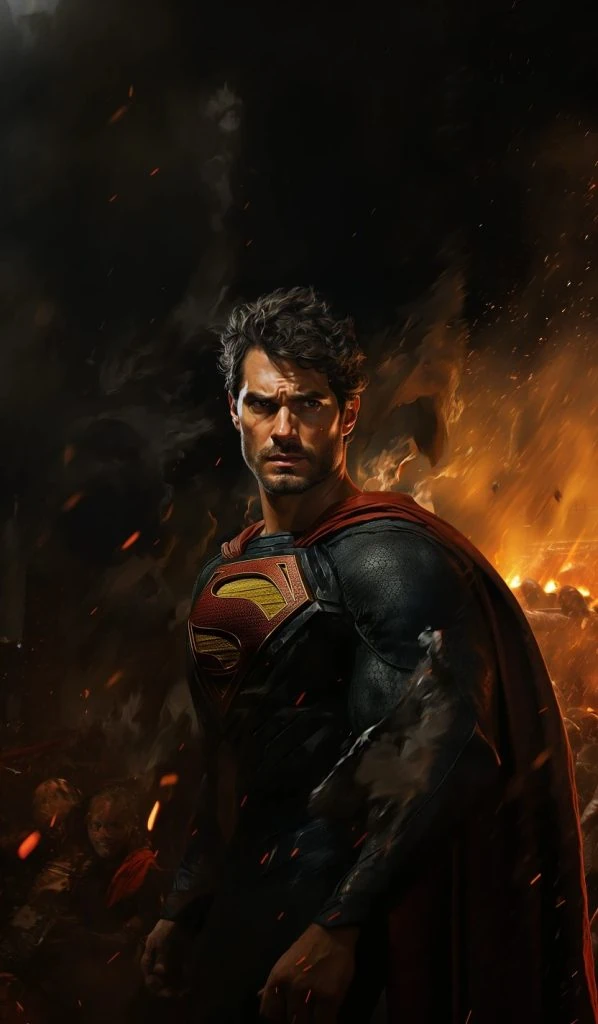
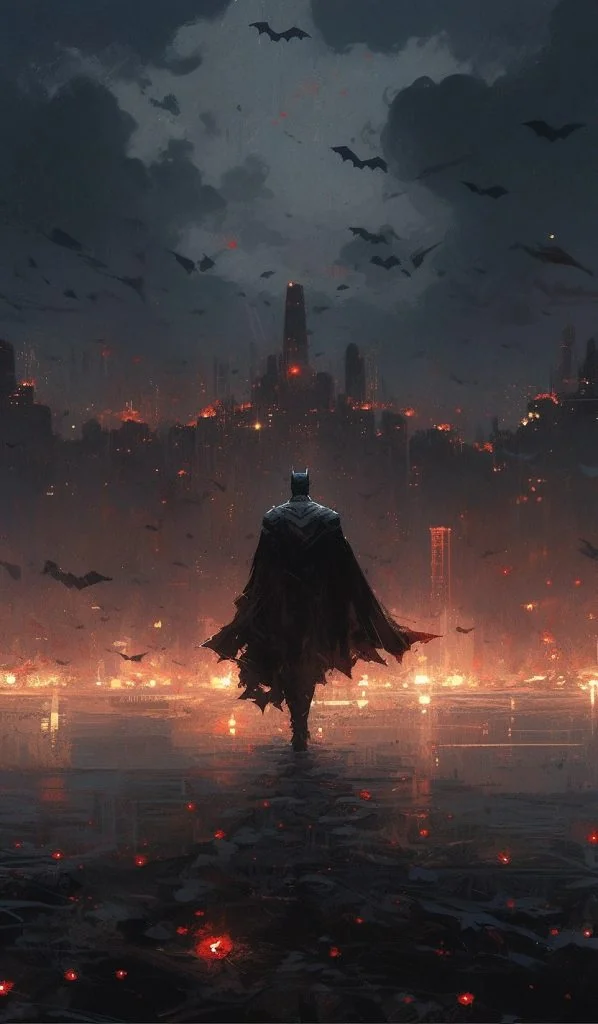
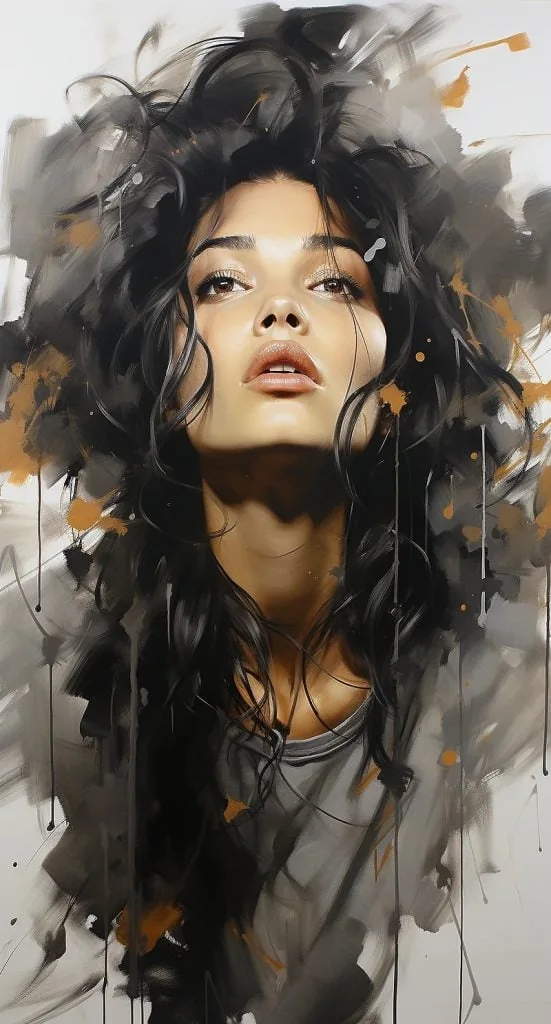
Test different prompts
In my journey of creating AI-generated visuals, I’ve found that experimenting with various prompts can truly improve the produced graphics. The beauty of trying out different prompts lies in the diversity it brings to the creations.
- Testing a range of prompts offers an opportunity to explore various outcomes and compare their standards.
- Utilizing unique and various prompts adds an unexpected twist to the AI’s interpretation, often leading to surprising and creative outputs.
- Regularly changing up your prompts allows you to fine-tune your approach and optimize the quality of created images over time.
- Experimenting with multi-prompts for complex images can lead to more intricate and detailed visuals, enhancing viewer engagement.
- Finally, continuous testing and tweaking prompts result in a deeper understanding of how different keywords affect AI generation.
Use multi-prompts for complex images
Mastering multi-prompts for complex images takes your Midjourney journey to a new level. These prompts allow you to generate realistic and quality images by offering more detailed instructions.
Say, for instance, you envision an image of a sci-fi spaceship. You can split your prompt into two parts – one detailing the spaceship’s design, the other elaborating on its surroundings or unique features.
Midjourney gladly embraces multiple prompts for one image with a simple trick: using a double colon between each instruction set. Not only does this elevate the richness and intricacy of your visuals, it also guides Midjourney closer to creating that precise image tucked away in your mind’s eye! Thus, as AI enthusiasts or learners keen on enhancing their generated output, familiarize yourselves with this approach and witness how well-crafted multi-prompts breathe life into otherwise complex visual concepts.
Recommended Tools for Writing Prompts
The post will explore fantastic tools for creating effective prompts, including Hugging Face and Midjourney’s Prompt Helper and Builder. We’ll also look at cutting-edge tools that could revolutionize the process.
If you’re eager to elevate your prompt writing skills, don’t miss out on this informative section!
Hugging Face
Hugging Face is not just a name that brings a smile on your face! It’s one of the highly recommended tools for crafting effective writing prompts. As an AI enthusiast, you’ll find this tool useful because it provides an innovative approach to generating prompts suitable for Midjourney narratives.
What sets Hugging Face apart from other apps used for work like E and Leap AI is its comprehensive, prompt generator specifically designed for Midjourney. Users can access this free-to-use demo right on their official space dedicated to the Midjourney prompt generator.
Make sure you explore Hugging Face to learn how to write good prompts; there’s much more than just fun in store for you!
Midjourney Prompt Helper
The Midjourney Prompt Helper goes beyond simple assistance. It’s a one-of-a-kind tool designed to elevate your writing and enhance the image output in your project. The aim is not just to use this tool, but rather to master it, making each prompt more engaging than the last with consistent practice.
I’ve found that using this unique helper leads to fresh inspiration and exciting prompts. Thanks to its intuitive interface, I can experiment freely with thematic writing prompts or delve into image generation for maximum creativity.
Effective storytelling becomes second nature as my skills mature through repeated use of the Midjourney Prompt Helper – a significant step up from traditional methods.
Midjourney Prompt Builder
Midjourney Prompt Builder, an AI-powered writing tool, stands out in the recommended tools for prompt creation. This exceptional tool gears up your creativity and increases your idea-generation process.
It extends support to create unique prompts for Midjourney writing exercises. The sophisticated design of this particular application not only produces exclusive prompts but also offers analysis by suggesting useful or useless words.
With newer versions like Midjourney V5.2, getting assistance with word suggestions has become more efficient, bringing vast improvements in your writing endeavors.
